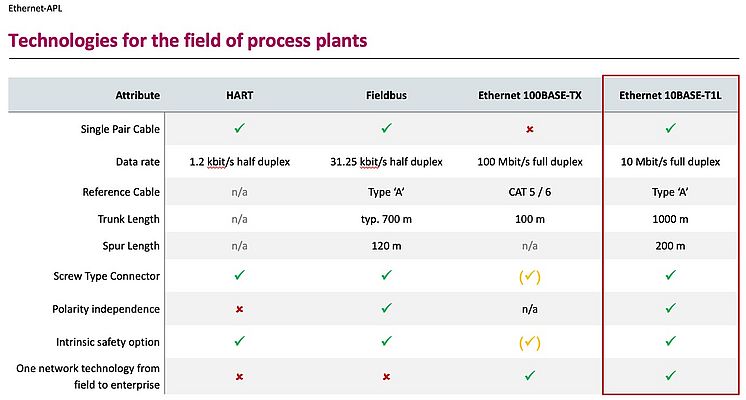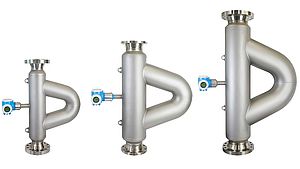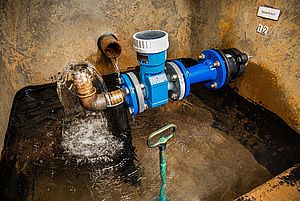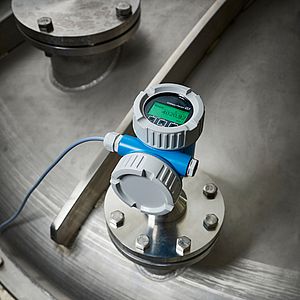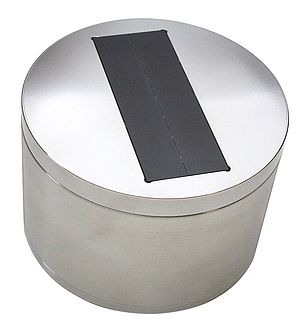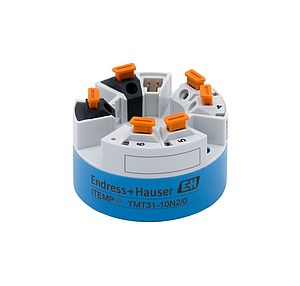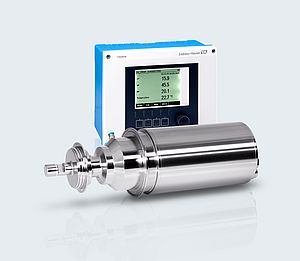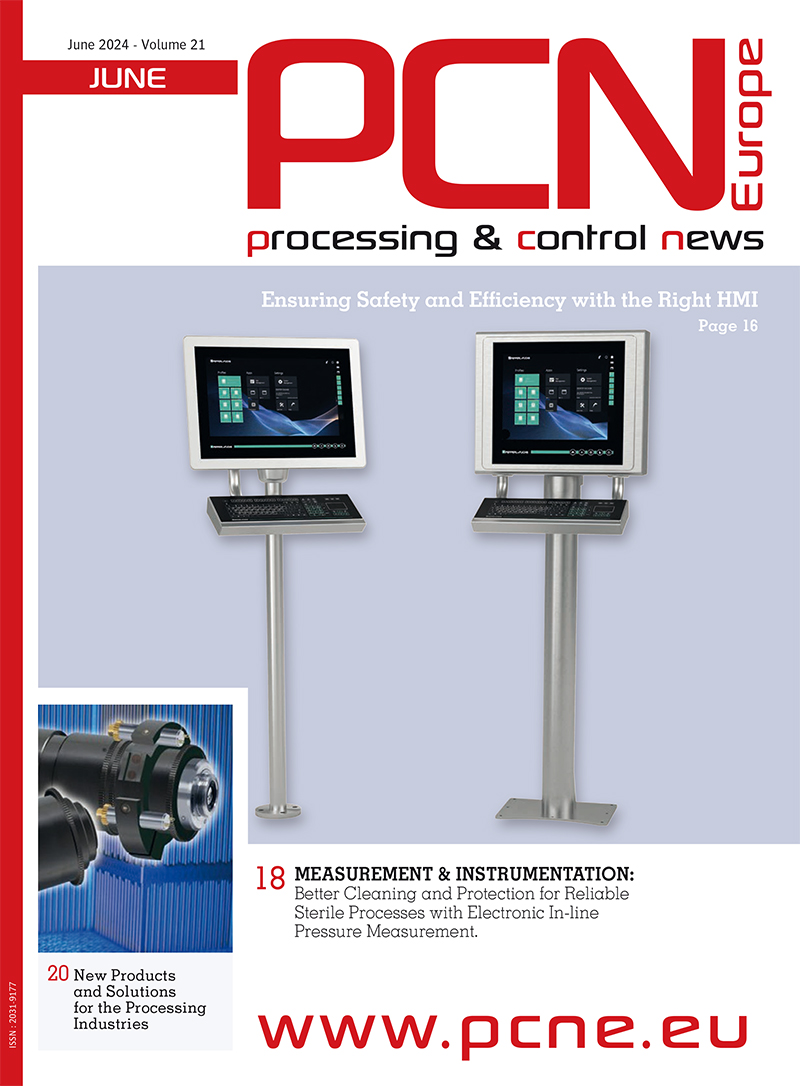Those searching for greater efficiency and higher quality in the process industry now have a strong partner at their side: Ethernet-APL. With this new type of data transmission, digitalization in process control environments will receive a boost. Data from every area of a process control system will be linked and centrally available in a secure and practical way, helping users to glean valuable information from vast numbers of data points.
Although field instruments in the process industry have performed their compulsory measurements for years now, a free-style program that supplies information is also a possibility – at least in theory. Analog technology is not suitable, plus the fieldbus technology is overly complex for many users, which is why it has never really established itself. A glance at other industries shows that Ethernet has become a standard not only in office environments but also in industrial applications. The main advantage lies in the speed and seamless integration into IT systems. “The process industry is the only industry where Ethernet specifications have failed to meet the expectations of the plant operators,” says Benedikt Spielmann, Marketing Manager Industrial Communication at Endress+Hauser, who explains why. “Ethernet is a fast transmission medium, but it requires a separate power source. And to date, Ethernet has been restricted to 100-meter cable lengths. Chemical plant operators, as an example, have to install cables up to 1,000 meters long. In addition, typical RJ-45 plugs are not designed for harsh field environments. But so far the most convincing argument against deploying Ethernet in the process industry is that the lack of intrinsic safety makes it unsuitable for use in Ex areas.”
Working together with the standards organizations, some time ago the Ethernet-APL industry group established the goal of getting Ethernet in shape for use at field level in the process industry: power and data transmission over the same two-wire cable, suitable for use in Ex areas, with high bandwidth and extended cable lengths. Investigations with Ethernet-APL have shown that the solution is able to cover all kind of applications in the process industry including functional safety applications. By the middle of this year, the standard will be completed, and the technology introduced to the public during the virtual Achema trade fair. “I expect the first devices and APL infrastructure components will be available by the time Achema starts,” says Spielmann with confidence.
Successful field tests
The APL technology was tested in advance in the context of an PROFINET network. Bilfinger Engineering&Maintenance and BASF carried out tests with PROFINET prototype devices from various manufacturers, which revealed that
- the plugs and different topologies enable simple and flexible installation,
- remote access and fast data transmission simplify and speed up commissioning,
- Ethernet communication via two-wire fieldbus cable is stable and robust,
- data from smart instruments can be bypassed a process control system via the “second channel” in line with the Namur Open Architecture.
These results are in line with the experience that field instrument manufacturer Endress+Hauser has: “We introduced a flowmeter with Industrial Ethernet protocols to the market 10 years ago, and have gradually expanded the offering since then,” says Spielmann. The feedback was highly positive, especially from the food and beverage industry. “More process data and more diagnostics information create transparency and help to optimize the processes. This additional range of functions, in the sense of digitalization, was well received by the users,” adds Spielmann.
In the future, data from the field can be accessed without interpretation issues. The data is available for use with digital services such as the Netilion ecosystem from Endress+Hauser. One example is predictive maintenance, which is controlled by real-time data from the field instruments. “The algorithms are available but have to be processed in the cloud. With APL, the data highway is in place in order to make these data available. With the new two-wire Ethernet solution, we’re expanding the offering to industries that have the same digitalization requirements, such as chemical, oil & gas or minerals & mining. We’re now providing the corresponding portfolio,” says Spielmann.



